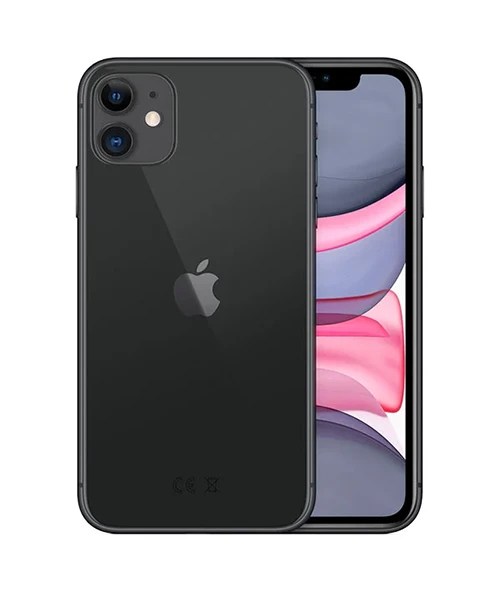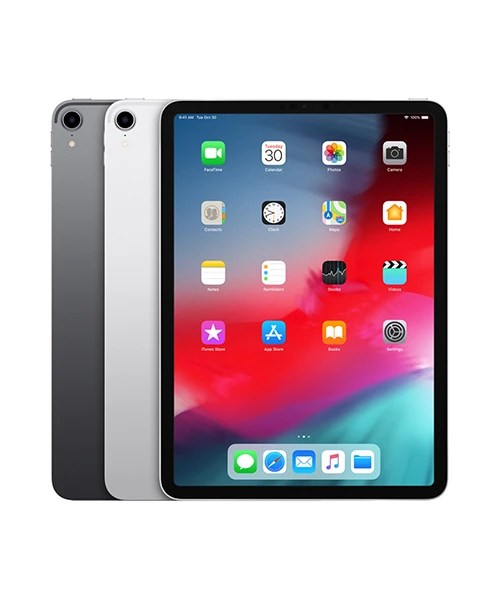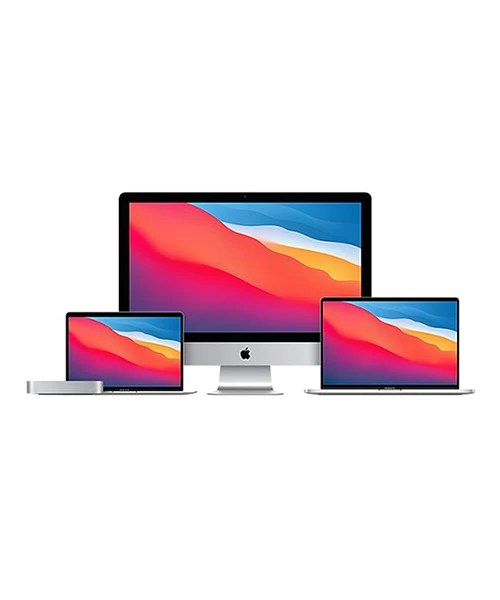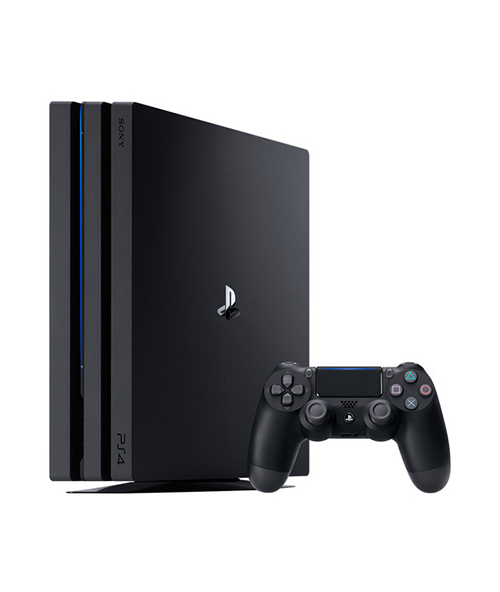IOS and Android are the leading operating systems in the modern smartphone market. Both have their own unique advantages, making it difficult to determine which one works best for everyone. Here’s a breakdown of their features to help you decide which one is best for you.
The origins: brief history of iOS and Android
iOS was first released in 2007, when Apple introduced the first iPhone. This operating system is designed specifically for Apple devices and is known for being sleek and intuitive. On the other hand, Android was developed by Google and made its debut in 2008. It’s an open-source platform that offers a wide range of customization options and is used by various smartphone manufacturers.
Both iOS and Android have evolved significantly since their initial releases, with regular updates and new features being introduced. Let’s dive into them in more detail.
User interface: Comparing look and feel
iOS is well-known for its clean, elegant, minimalist design, with a focus on simplicity and ease of use. The interface is consistent across all Apple devices, providing a seamless user experience. On the other hand, Android offers a more diverse range of user interfaces, offering customisation options. This allows users to choose from various themes, layouts, and widgets to personalise their devices according to their preferences.
When it comes to ease of use, iOS has a reputation for being user-friendly and intuitive, with straightforward navigation and a logical layout. Additionally, iOS offers a more streamlined and cohesive experience due to its tight integration with other Apple products and services. However, this is often a subjective topic. Users who aren’t used to iOS may find Android easier to use.
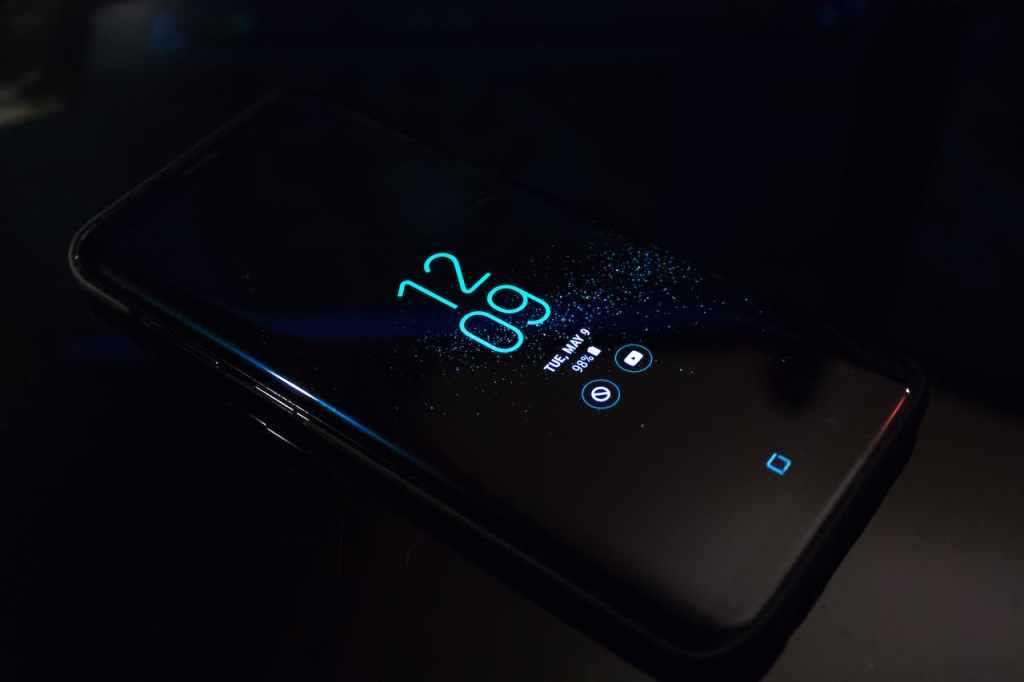
Customisability: How much control do you want?
As mentioned above, the two giants differ in their customisation approaches. iOS prefers to stay consistent with its design and user interface, limiting the level of customisation available to users. On the other hand, Android provides a more open platform that allows users to personalize their devices to a greater extent, from changing themes and icons to installing third-party launchers and customizing widgets.
This flexibility appeals to users who prefer a highly customisable experience tailored to their individual preferences. Customisation may, therefore, be a key factor for users when choosing between iOS and Android.
App ecosystem: Variety, quality, and exclusivity
Apple apps have a reputation for being safer and less buggy. This is because the Apple Store has a stricter app review and approval processes, which helps to ensure that only high-quality and secure apps are available on their platform.
On the other hand, though, Google Play offers a wider variety of apps, including many that are not available on iOS. This gives Android users more options and flexibility when it comes to finding apps that suit their specific needs and interests. However, it’s important to note that Apple has its own exclusive apps, too.
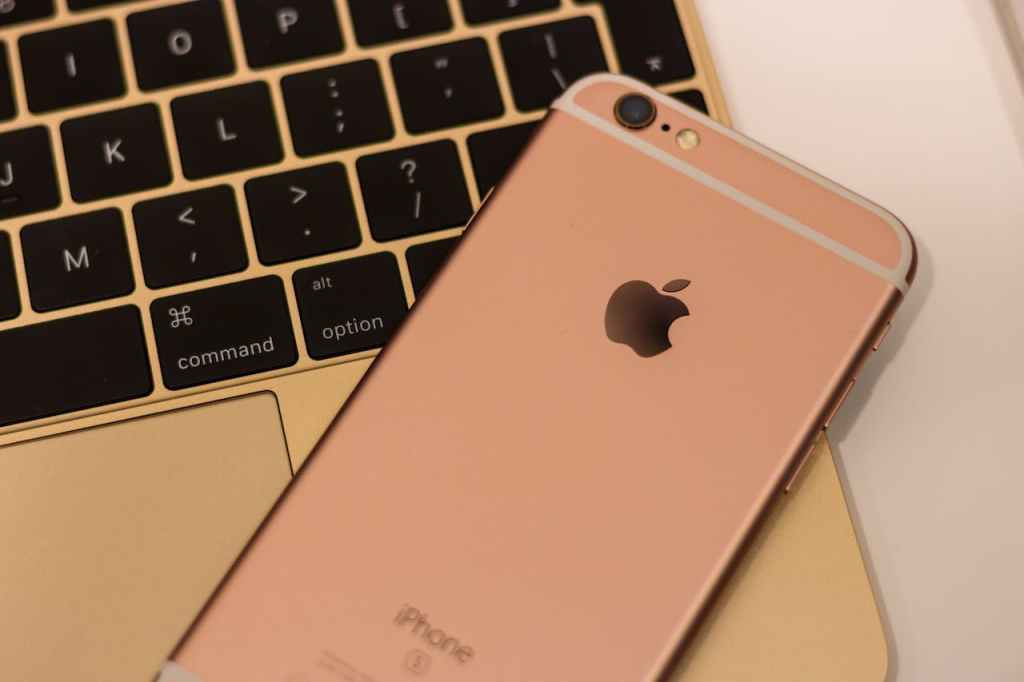
Security and updates: Keeping your device safe
Security is a top priority for both Apple and Google. Both companies regularly release security updates to address any vulnerabilities and protect users from potential threats. However, Apple’s closed ecosystem allows them to have more control over app distribution and updates, which can lead to faster and more consistent updates for iOS devices.
Apple devices are also known to be less likely to be targeted by malware and viruses due to their stringent app review process and strict guidelines for developers. However, it’s essential to note that no device is completely safe from attacks.
Integration with other devices: Ecosystem synergy
IOS integrates with various Apple products, such as Mac computers, Apple Watches, and Apple TVs, creating a seamless and interconnected user experience. This integration allows for features like Handoff, which enables users to start a task on one device and continue it on another. Additionally, iOS devices can easily share files, photos, and other content with each other through AirDrop.
But that doesn’t mean that Android falls behind in this department. Android also offers a wide range of ecosystem synergy with devices from different manufacturers. Many Android devices can connect seamlessly with smart TVs, speakers, and other smart devices. And, once again, Android’s open-source nature allows for greater customization and integration possibilities, as developers can create apps and services that cater to specific device ecosystems.
Price point: Finding the best fit for your budget
Both Apple and Android offer a range of price points to cater to different budgets. Apple devices tend to be more expensive, but they also come with a reputation for high quality and seamless integration within the Apple ecosystem. And they have more affordable options, too, such as the iPhone SE.
On the other hand, Android devices offer a wider range of options at various price points, allowing users to find a device that fits their budget without compromising on features or performance. For example, Samsung S20 Ultra 5G offers great value for money.
Keep in mind that you can save a significant chunk of money by buying a refurbished device. Explore The iOutlet’s range of iOS and Android devices to find the perfect fit.






